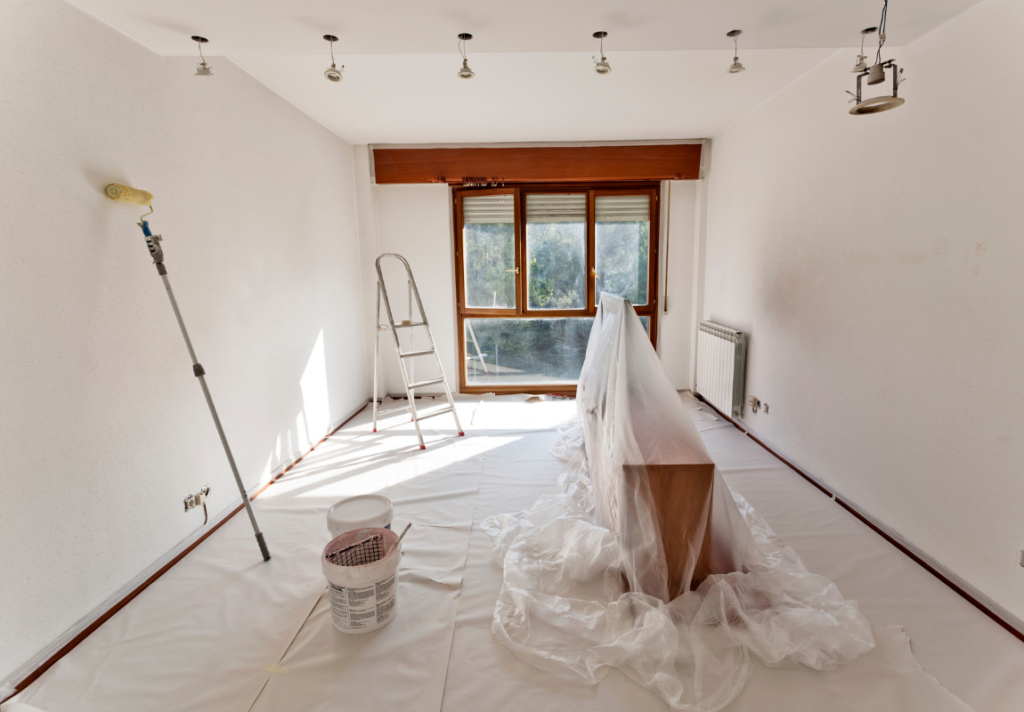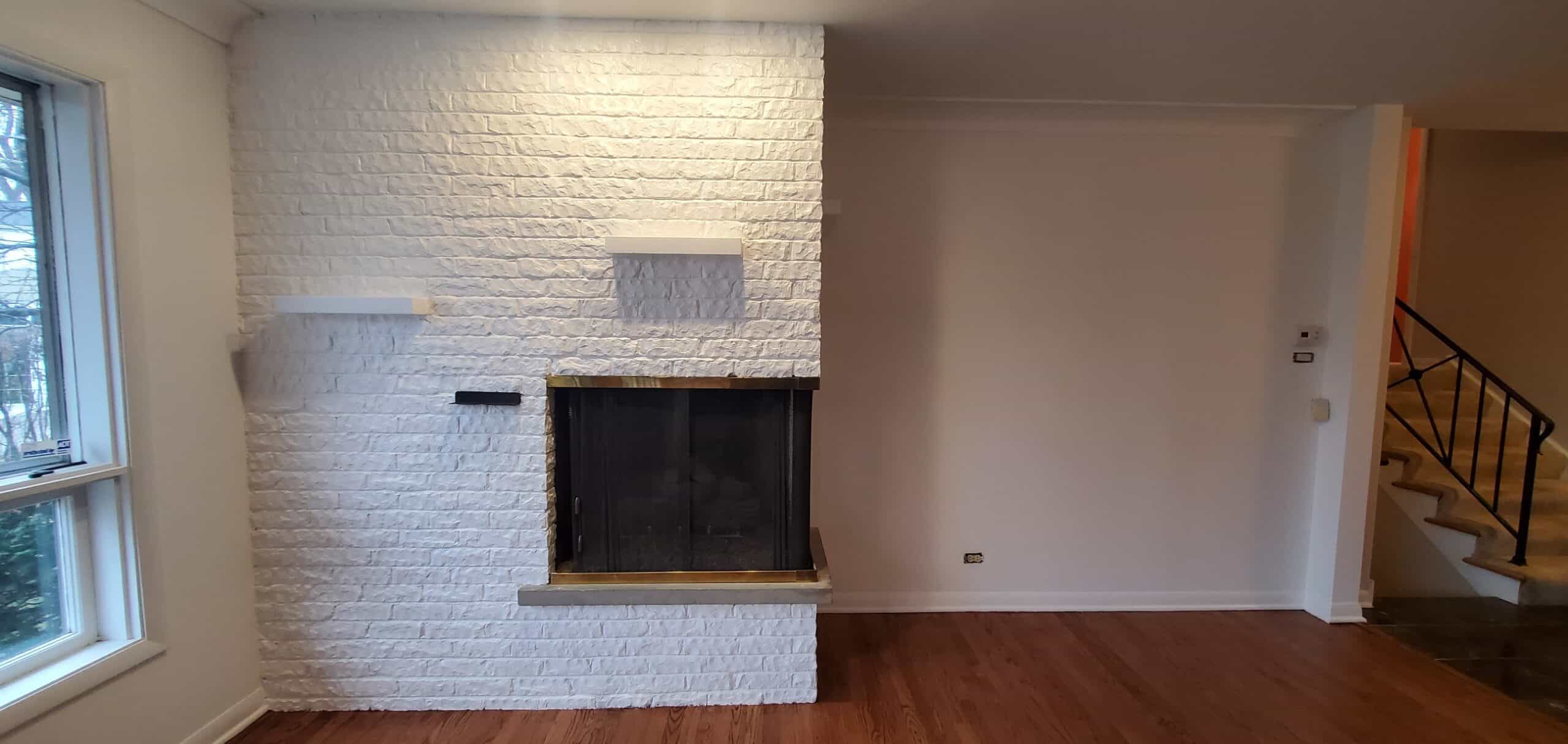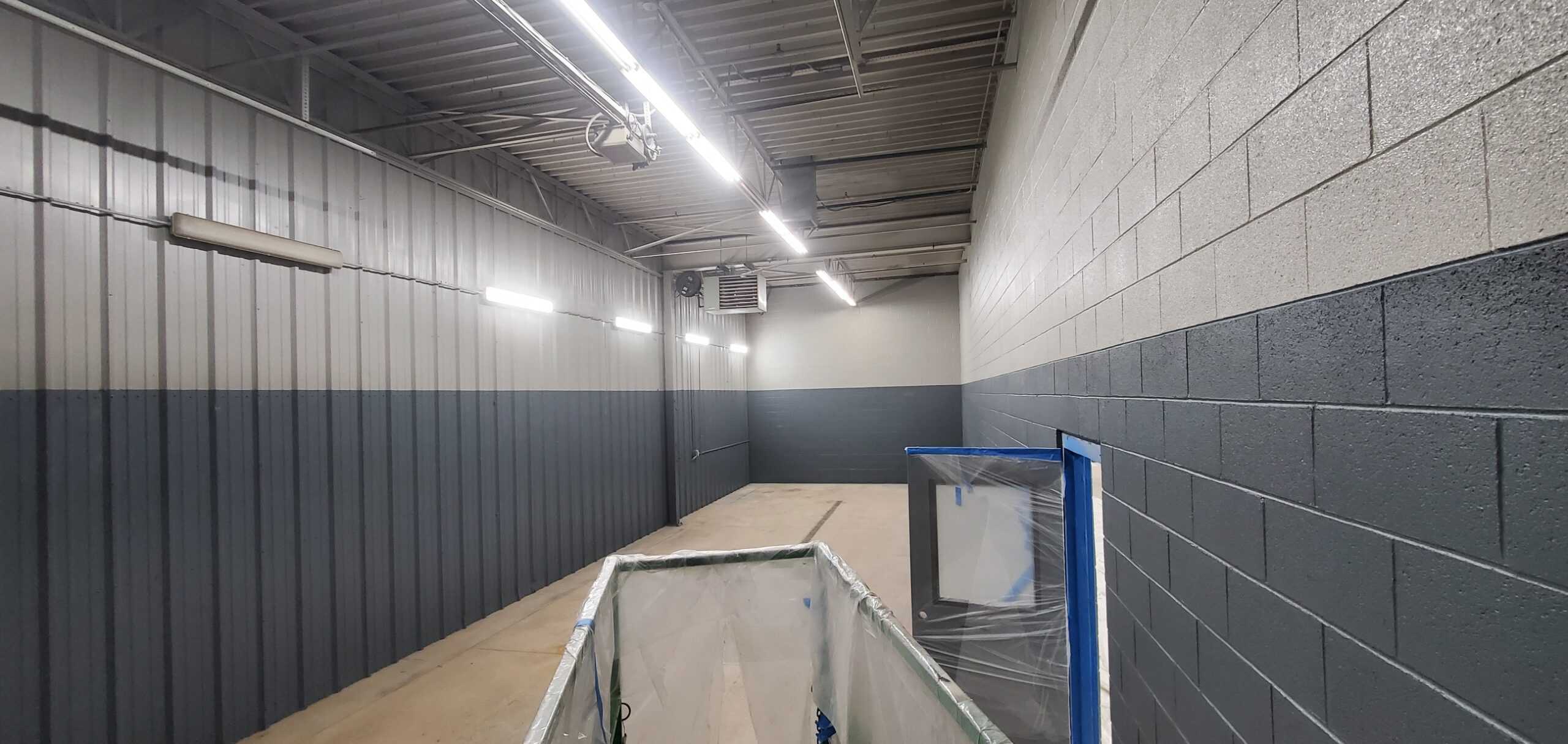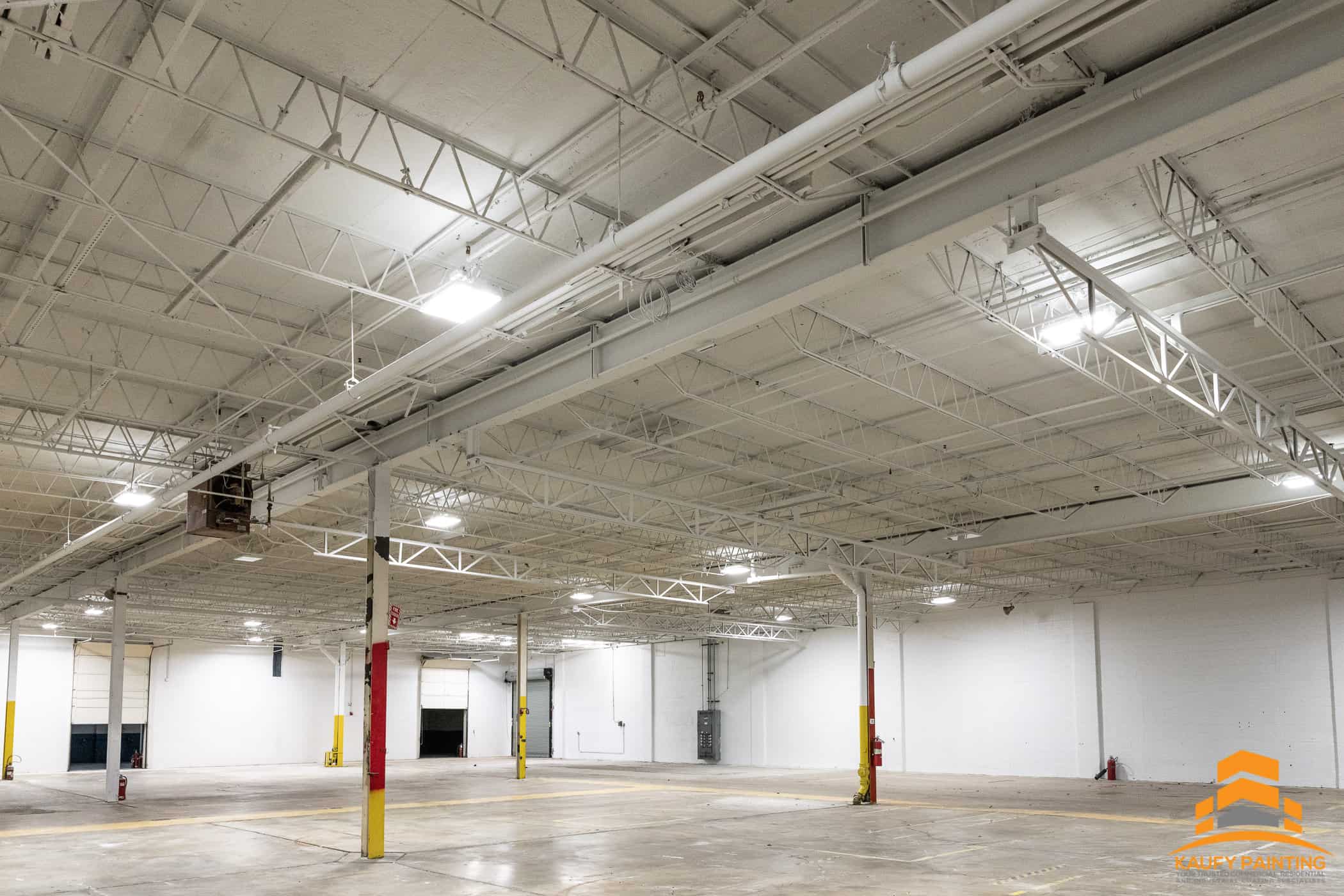We’ve all been there: you’ve just finished painting, and you can’t wait to get your room back in order. But wait—are the walls really dry?
Knowing how long it takes for interior paint to dry is essential to avoid common mistakes like smudging or peeling. Here in Livonia, MI, where weather can be unpredictable, getting the timing right matters.
Even if the paint feels dry on the surface, it could still be soft underneath. This blog will guide you through drying times and help you avoid headaches with your next interior painting project.
Key Takeaways:
- Discover how long does it take for interior paint to dry and fully cure to ensure a smooth, durable finish.
- Environmental factors like temperature, humidity, and ventilation can affect drying times.
- Following proper drying and curing times prevents peeling, smudging, and other common paint issues.

How Long Does It Take For Interior Paint to Dry?
Wondering how long does it take for interior paint to dry? It varies depending on the paint type and application. The first stage is “dry to the touch,” meaning the surface feels dry but may not be ready for another coat just yet. Once it’s safe to recoat, you can continue without worrying about ruining the finish.
Here’s a general timeline:
- Latex Paint: Feels dry in 30-60 minutes, ready for another coat in 2-4 hours.
- Acrylic Paint: Like latex, dries in 30-60 minutes, re-coat in 2-4 hours.
- Oil-Based Paint: Slower—4-6 hours to dry, with 8 hours between coats.
These guidelines apply to both interior and exterior paint types, so patience is key to getting a smooth, durable finish.
How Long Does It Take For Interior Paint to Fully Cure?
Now, curing—that’s a whole different ball game. Sure, your walls might feel dry to the touch after a few hours, but that doesn’t mean the paint is ready for the wear and tear of daily life just yet. Curing is the process where the paint fully hardens, giving it the strength to handle bumps, scrapes, and general household chaos. For latex and acrylic paints, this can take anywhere from 14 to 30 days, which might seem like a long wait, but trust me, it’s worth it. Oil-based paints are a bit quicker, usually curing in about 7 days, but you still need to be careful.
During this curing period, it’s best to avoid heavy contact—so no washing the walls or hanging up that favorite piece of art just yet. Doing so could leave permanent marks or smudges that are tough to fix later on.
Factors That Affect Paint Drying Times
Several environmental factors can affect how long it takes for interior paint to dry. Here’s what you should be aware of:
1. Room Temperature
Temperature plays a huge role in how fast—or how slow—your paint dries. If the room is too cold, you might find yourself waiting a lot longer than expected for your walls to be dry. Cold temperatures slow down the evaporation process, which is crucial for drying.
On the flip side, if it’s too hot, the paint can dry too quickly on the surface, leaving the layers underneath soft and prone to damage. This can lead to a messy, uneven finish. To avoid these issues, aim for a consistent room temperature between 60-80°F. This sweet spot ensures that your paint dries at an even rate, setting you up for a smooth, durable result.
2. Humidity Levels
Humidity is the sneaky culprit that can throw off your painting timeline. In high-humidity areas like Northville, MI, the moisture in the air makes it harder for the water in your paint to evaporate. This can lead to longer drying times and sticky surfaces that don’t fully set. You might feel like the paint is dry, but humidity can trap moisture, causing the layers underneath to remain tacky.
To combat this, consider using a dehumidifier or running your air conditioner while painting to pull excess moisture out of the air. Lowering humidity levels helps your paint dry more consistently and prevents future peeling or bubbling.
3. Ventilation
Ventilation is one of the easiest ways to speed up your paint drying time, yet it’s often overlooked. If your room is stuffy or lacking airflow, the paint will take much longer to dry. A closed-off room can trap moisture, making the drying process drag on. Cracking open a window or using a fan to circulate the air can make a world of difference.
Good ventilation helps the moisture in the paint evaporate faster, reducing drying time and helping the paint cure more evenly. Just be mindful of outdoor conditions—high humidity or extreme temperatures outside can still affect drying times.
4. Paint Thickness
The thickness of your paint layers can significantly affect drying time. If you apply your paint too thickly, it’s going to take a lot longer to dry. Thick coats not only take forever to set, but they also increase the risk of uneven drying, which can leave your walls with an undesirable texture.
For a smooth, professional finish, it’s best to apply thin, even coats. This way, each layer dries faster and adheres better to the surface. And don’t rush the process—wait until one coat is fully dry before adding another. Patience is key to achieving a flawless, long-lasting finish.
Final Thoughts
So, how long does it take for interior paint to dry? It depends on the type of paint, the environment, and how thick the coats are. By understanding these factors and being patient, you’ll get a flawless finish that lasts.
At J&B Painting, we take pride in offering top-notch professional painting services in Novi, MI, and the surrounding communities. Whether you’re looking to refresh a single room or revamp your entire home, we guide you through every step of the process to make sure it’s smooth and hassle-free. From helping you choose the ideal paint color and finish that perfectly suits your space to ensuring that the paint is applied with precision, our experienced team pays attention to every detail.
Call us at (248) 599-0996 for a FREE estimate and let’s turn your vision into reality with a beautifully painted space!



